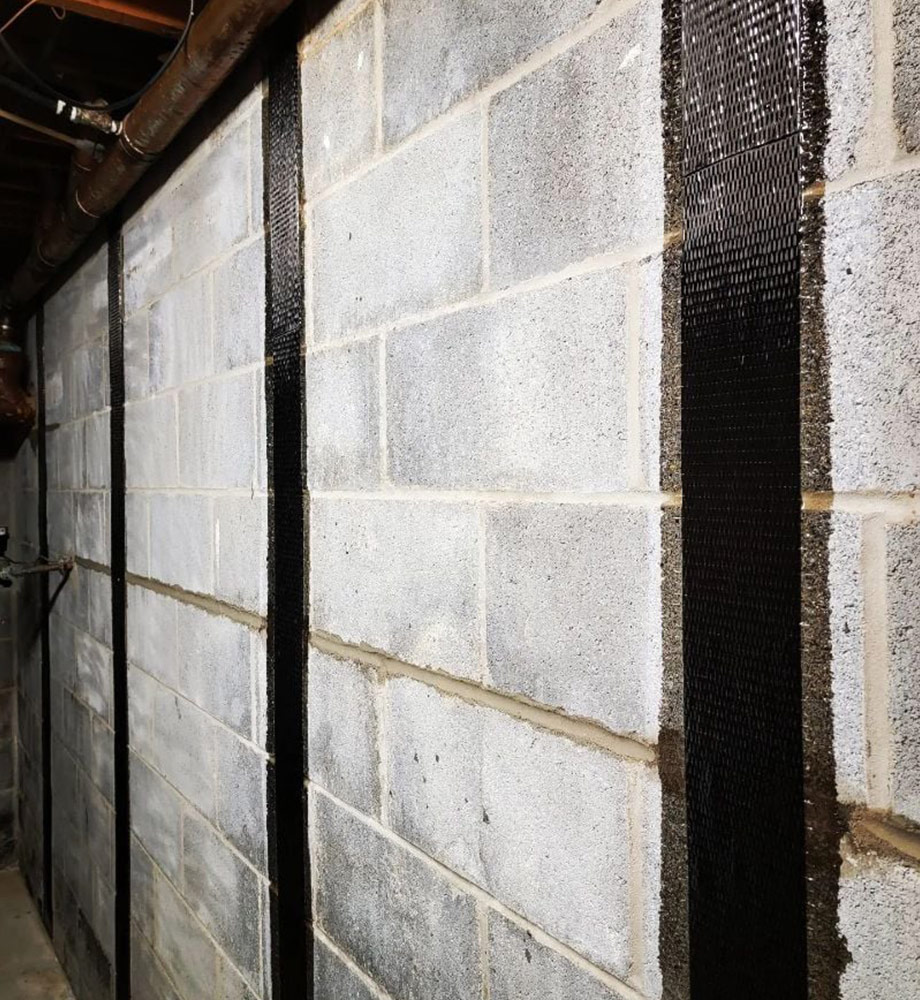Key Features
- High Tensile Capacity: Carbon straps exhibit tensile strengths in excess of 1500 MPa, comparable to rods but in a flat form.
- Flexible Lengthwise: Can be bent in one axis (flat-wise) for wrapping or contouring around structures during installation.
- Bondable: Excellent bonding surface for adhesives, allowing them to be glued onto concrete or metal.
- Minimal Stretch: Elongation under load is very small (<1%), so they effectively hold shape of structures.
Benefits
- Reinforcement: Used to strengthen masonry, concrete beams, and wooden structures without adding significant weight.
- Low Profile: Thin cross-section allows use in tight retrofit spaces.
- Chemical Resistance: Suitable for wet or corrosive environments where steel straps would corrode.
Applications
- FRP reinforcement straps on building beams, columns, and bridge decks.
- Tie-down straps in machinery or as torque rods (e.g. in aerospace).
- Structural webbing in composite panel construction.
Technical Specifications
- Material: Unidirectional carbon fiber pultrusion in epoxy resin.
- Width: Commonly 25–100 mm; custom widths available.
- Thickness: Typically 2–10 mm.
- Mechanical: Tensile modulus ~150–200 GPa, ultimate strain ~1–2%.
Unique Selling Points (USPs)
- High Modulus, Low Creep: Under sustained load, carbon straps maintain tension better than fiber tapes.
- Pultruded Quality: Straight fibers across width give uniform properties – unlike braided or woven tapes.
- Premium Reinforcement: Considered a “service-class” upgrade when steel plates or rods are too heavy or susceptible to corrosion.

